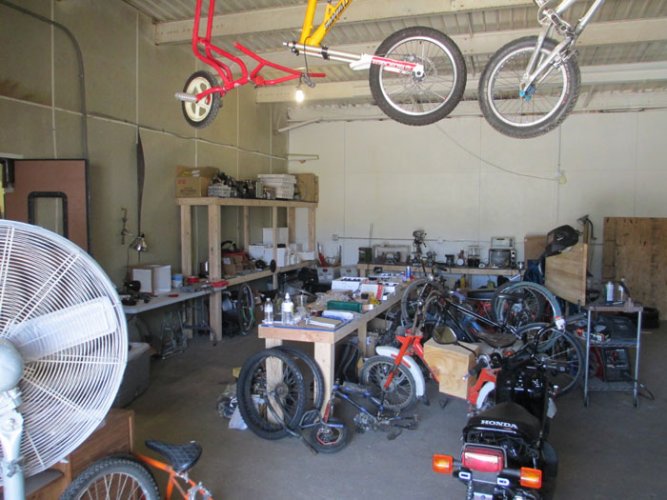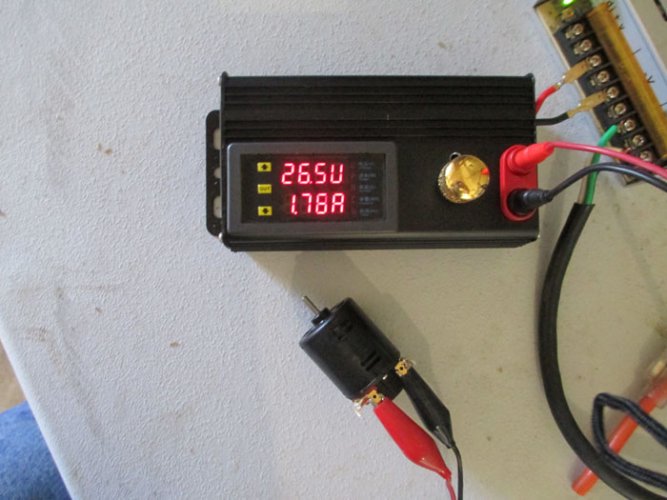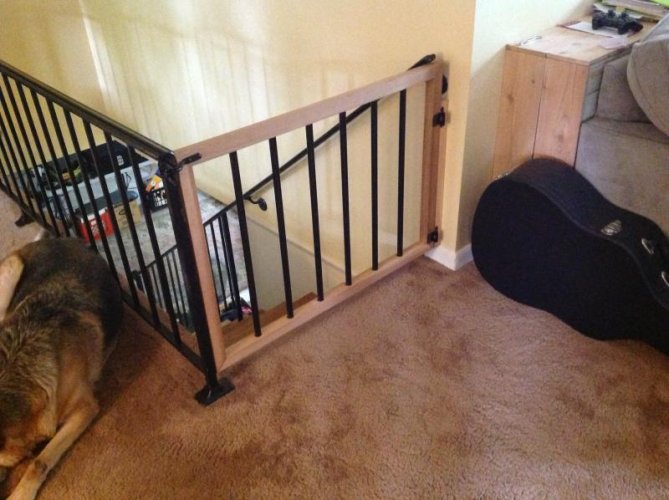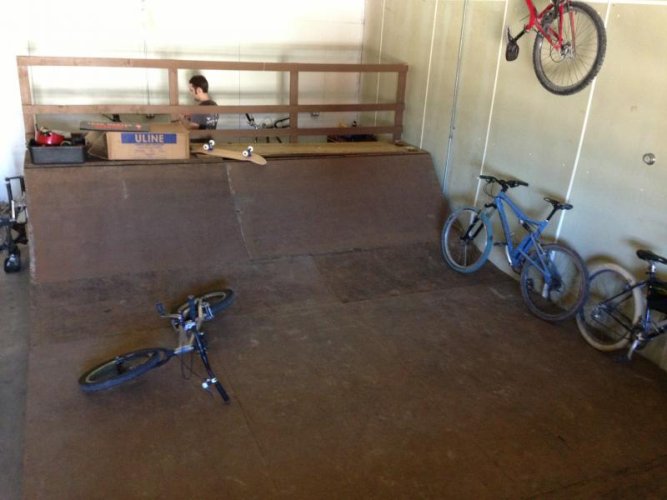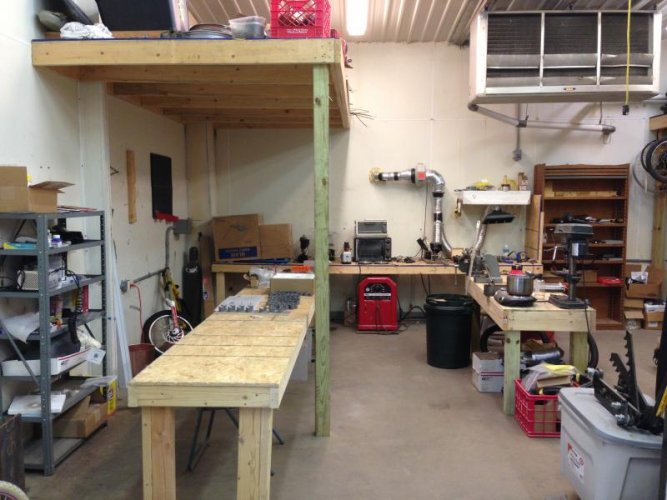Charlie-III
I wanna be Dave
Some shop updates.
Next up is the resistance brazer. It needs a solid state controller so we aren't installing new contactors every few months. The primary transformer controller I am using is not intended to be switched off under load . A SSR is getting installed into it and tied into the control board. Then we will reassess the kickback voltage and begin work on a new braze head controller.
Many years ago I switched out medium/large contactors (used for ceramic heater bands on wire & cable jacketing extruders) with mercury contactors.
Partly due to noise, partly burning contacts.
We had 5 extruders with anywhere from 2 to 8 temp zones on them.
They worked well, were quiet, didn't "bang" the electrical panel everything was mounted to. These were controlled/driven by Barber-Coleman "self tuning" digital temp controllers (IIRC, they were AT-580's??). Last I used them was ~19 years ago, so there may be better stuff today.:roll:
:lmao::lmao:

